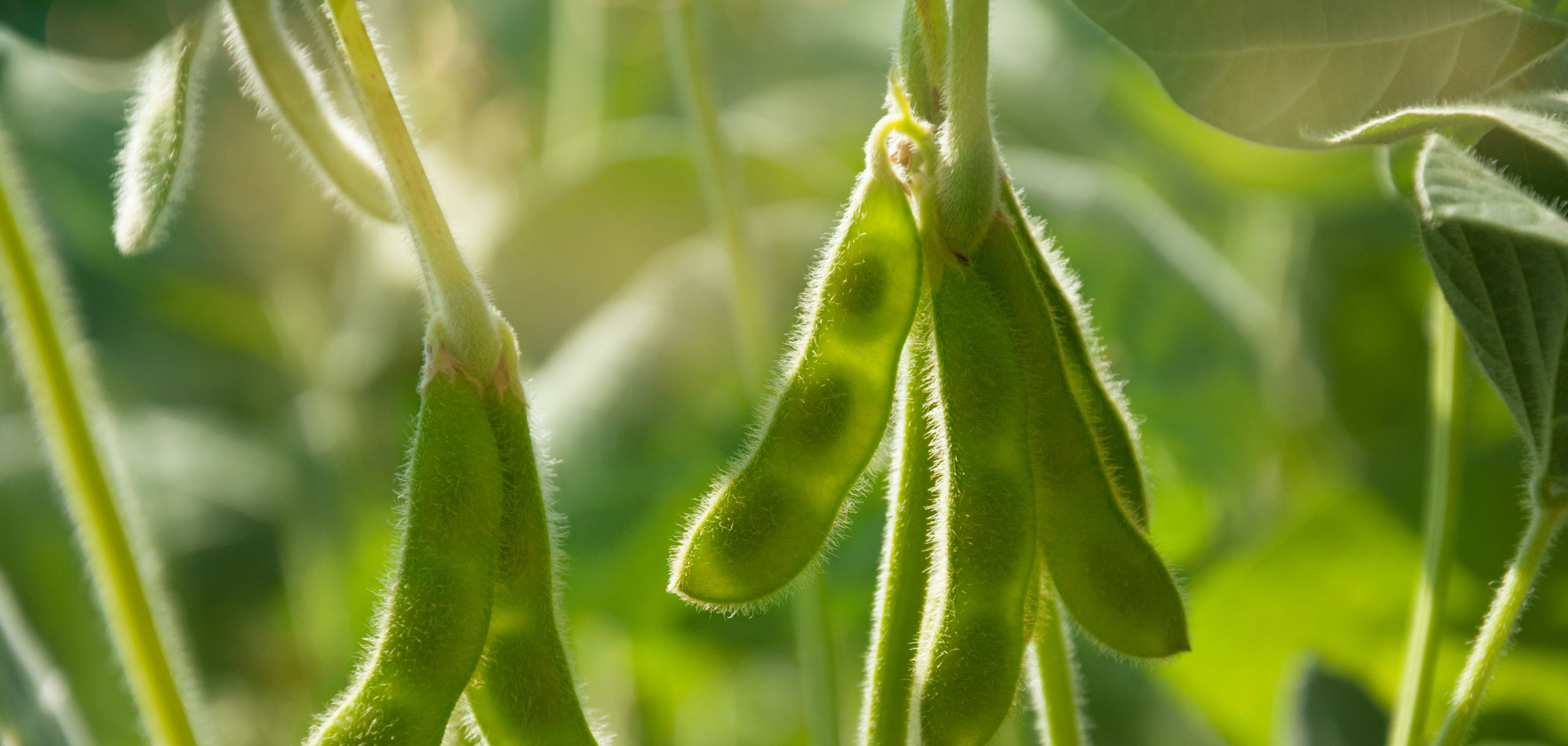
Growth Performance of Emperor Snapper Fed Soy-Inclusion, Extruded Feed in Coastal Cages at Hainan, China
Category: Aquaculture
Region: Northeast Asia
DownloadEmperor snapper (Lutjanus sebae) growth performance in coastal cages was evaluated from fingerling to sub-market size using the ASA LVHD cage production model and ASA soy-inclusion, extruded marine fish feeds. The cage trial was conducted at Ling Shui, Hainan, China. Snapper were stocked in three, 8.0-m3 cages at a density of 2,000 fish per cage (250 fish/m3). Snapper were fed to satiation daily with a 47% crude protein and 15% crude fat feed (47/15) to fish size 25 g, and with a 43% crude protein and 12% crude fat feed (43/12) from fish size >25 g. Both feeds were fed in extruded, floating pellet form. Fish in all trial cages were fed to satiation, three times daily for the first month, and twice daily thereafter. Pompano grew from 1.4 g to 77 g in 124 days of feeding. Average FCR with the combination of 47/15 and 43/12 feeds was 1.76:1. Average fish survival was 81%. Fish in one of the three trial cages were lost when raft supports were destroyed in a typhoon and the cage submerged, allowing the fish to escape. Results of the trial indicate that emperor snapper perform well on extruded feed. Growth performance and FCR were acceptable, but high cost of juvenile fish (RMB 2.3 per 1-g fish) resulted in net economic loss. Emperor snapper exhibited good potential for LVHD cage culture, but production will depend on availability of lower cost and higher quality fish.